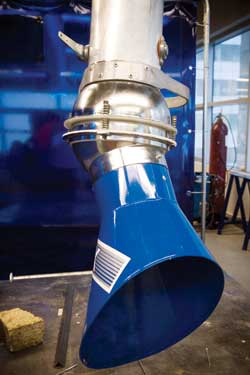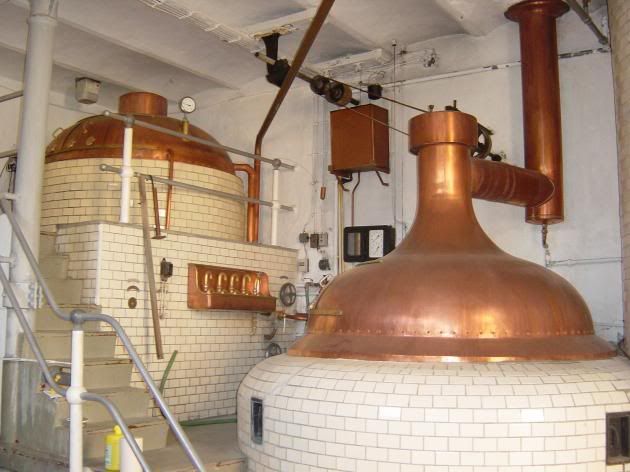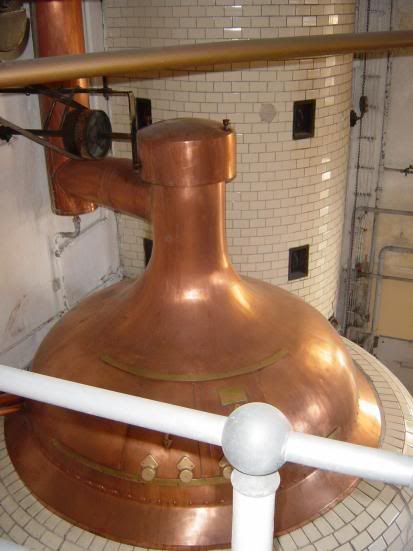cyberbackpacker
Well-Known Member
Based off of some discussion in this thread starting at post #23 (https://www.homebrewtalk.com/f51/gonna-build-electric-boiler-how-control-111749/) I raised the question below without any response...
"Doesn't your idea of a cone above the boiler jive with the professional breweries use of cones with chimneys on top of their coppers? I always wondered if professional breweries use this method, why couldn't a homebrewer do it as well, without the risk of DMS.
Additionally my knowledge of distilling is rather limited, but stills run a similar attached cone/chimney as a beer copper, and my understanding is that the condensate collects on the cone but then essentially is pulled out through the chimney.
So, I guess I am saying, why don't we use an attached cone top w/chimney on our home rigs- from the professional breweries it would seem DMS is not a factor using this method..."
Any input/feedback on the concept of a cone top chimney for our BK's? Am I wrong in my understanding of the professional copper boilers? Anything?
Thanks in advance.
"Doesn't your idea of a cone above the boiler jive with the professional breweries use of cones with chimneys on top of their coppers? I always wondered if professional breweries use this method, why couldn't a homebrewer do it as well, without the risk of DMS.
Additionally my knowledge of distilling is rather limited, but stills run a similar attached cone/chimney as a beer copper, and my understanding is that the condensate collects on the cone but then essentially is pulled out through the chimney.
So, I guess I am saying, why don't we use an attached cone top w/chimney on our home rigs- from the professional breweries it would seem DMS is not a factor using this method..."
Any input/feedback on the concept of a cone top chimney for our BK's? Am I wrong in my understanding of the professional copper boilers? Anything?
Thanks in advance.


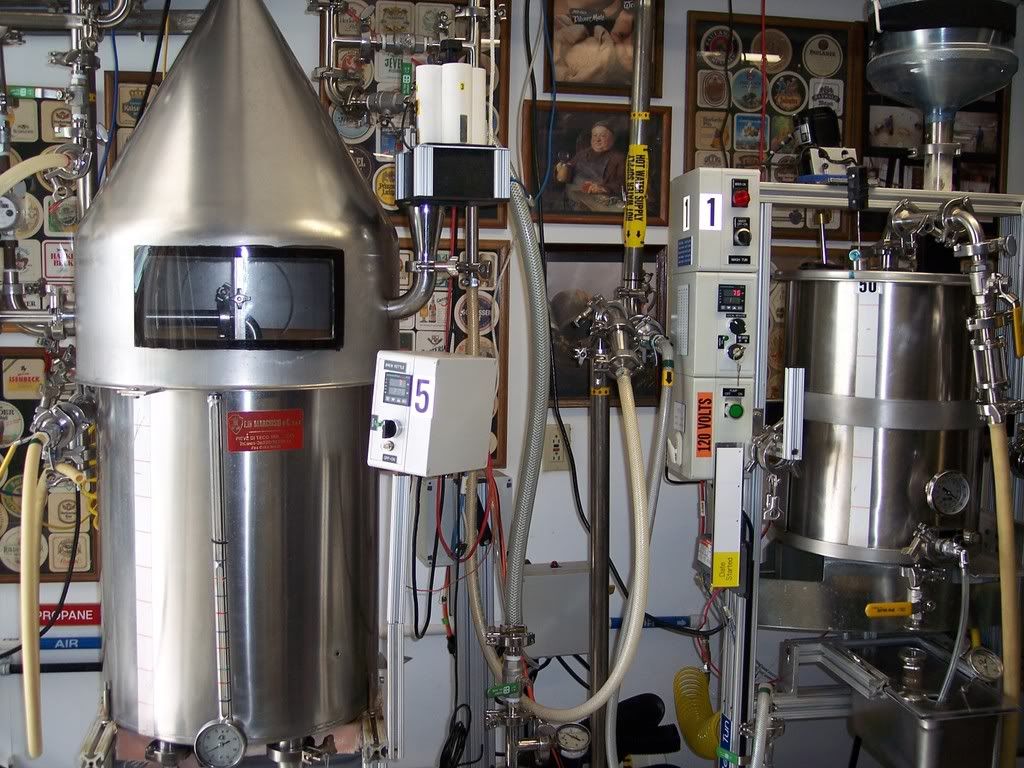
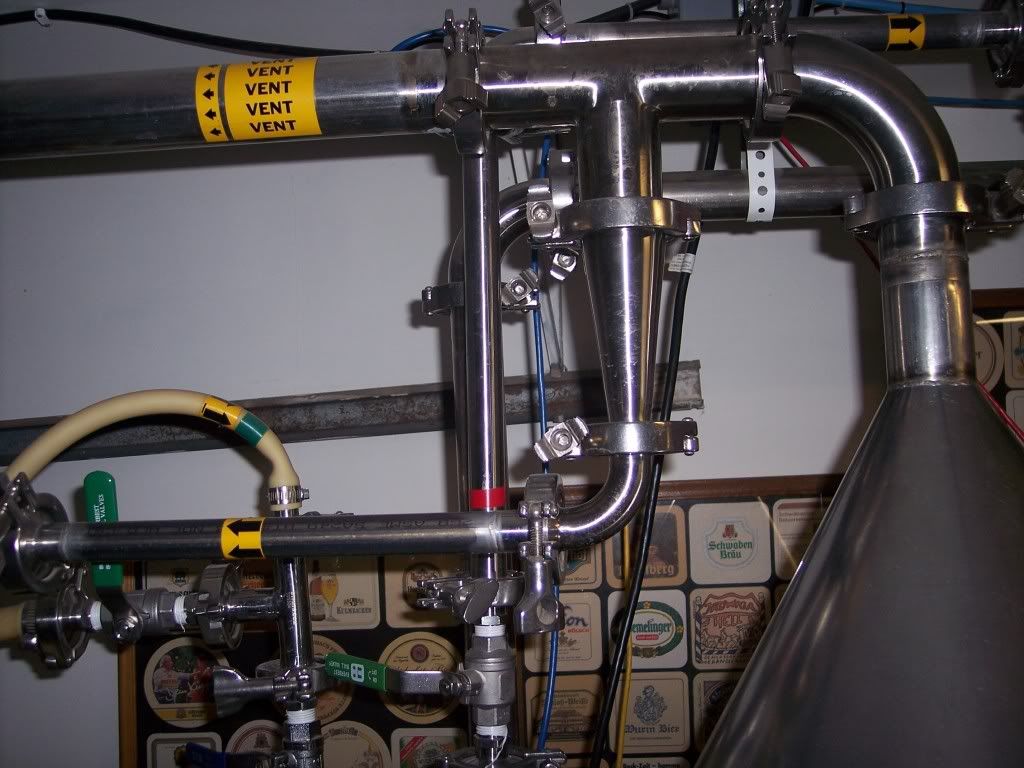





























![Craft A Brew - Safale S-04 Dry Yeast - Fermentis - English Ale Dry Yeast - For English and American Ales and Hard Apple Ciders - Ingredients for Home Brewing - Beer Making Supplies - [1 Pack]](https://m.media-amazon.com/images/I/41fVGNh6JfL._SL500_.jpg)

























